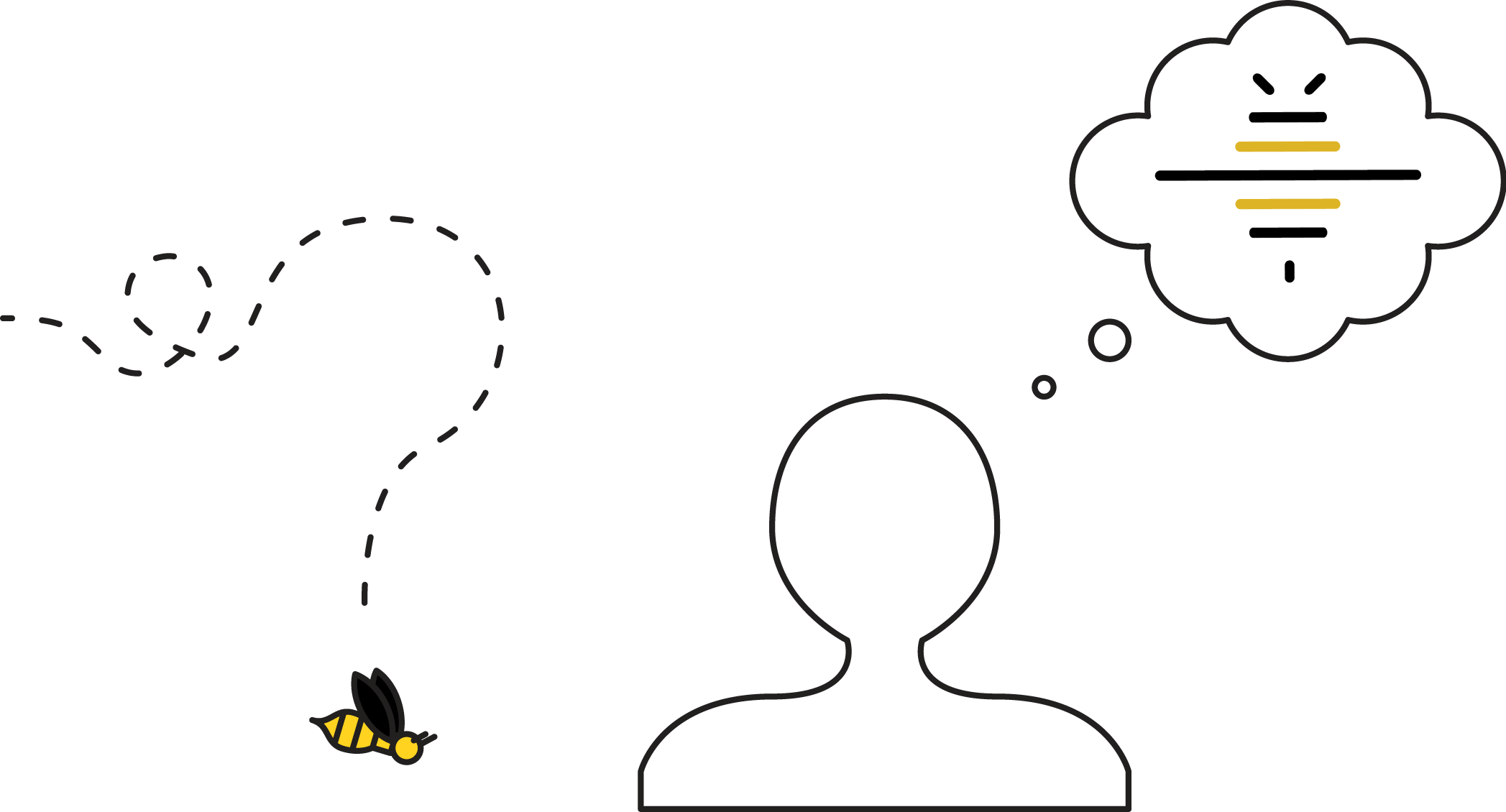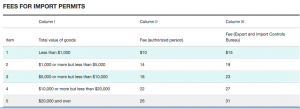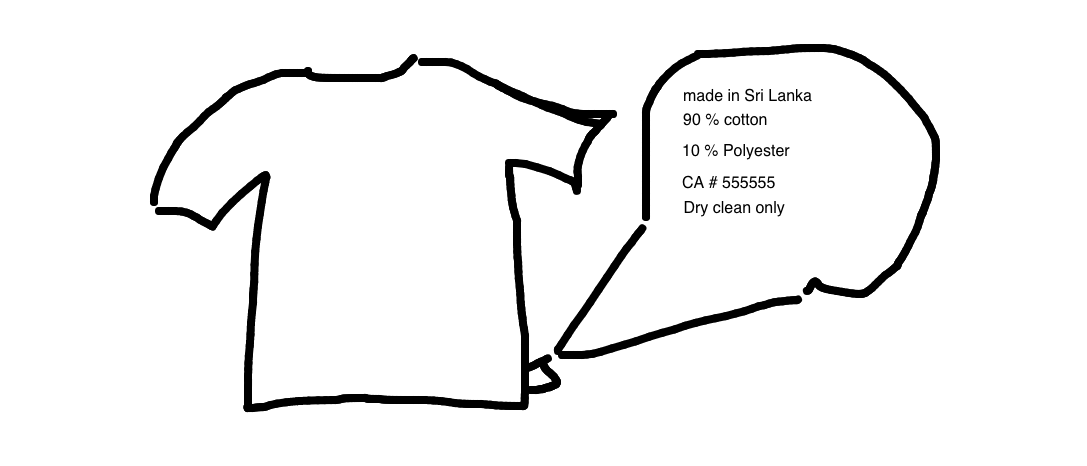Canada – EU Free Trade (Apparel Edition)
Please find below more specific information on how imports of European-Union made apparel will be treated under CETA.
The vast majority of E.U. made apparel will need to pass through a quota system established for the deal. Why?

CETA, similar to NAFTA, contains special provisions for clothing. Due the globalized nature of apparel production, barely any finished clothes are made wholly within a single country (or even a single continent).
Typically, clothes that are “made” in the E.U. are cut and sewn from fabric made in Asia.
The fact that the fabric comes from outside the E.U. disqualifies these products.
Therefore, most E.U. made clothes will still be hit with an 17-18% duty because fabric from outside the E.U. is NOT ALLOWED. The production of fabric creates jobs, therefore Canada and the E.U. are all protectionist about it.**(see footnote)
So… CETA changes nothing for clothes?
Not quite! a quota system (similar to the TPL under NAFTA) will allow a specific amount of clothing each year that is only cut and sewn in Europe to be imported duty-free.
The key to the quota system is that it is typically only open for the first half of the year (it is also specific to the HS code).
Questions to ask yourself before ordering E.U. made clothes in the anticipation of paying only GST:
1. Does my vendor manufacture their clothes within the E.U.?
Yes
No
Additional questions? Still confused? Contact us!
**It should be noted that the actual rules of origin are more complex and consist of specific ‘tariff shifts’ for different subcategories of apparel (i.e. shirts and shoes — very different). The complexity means that a rule of thumb (known as ‘yarn-forward’) is most often used by importers when speaking of these requirements which we used to write this article. This means that your imports/exports may not qualify even if they pass our little quiz.
Should you or your vendor have questions regarding their eligibility, they can check the transformation requirements in Annex 5 of the CETA .
Annex 5 contains the requirements for goods to be considered duty-free no matter what the status of the quota system is.
Annex 5-A contains the requirements for goods failing the requirements of Annex 5 but that can still be imported under quota.




